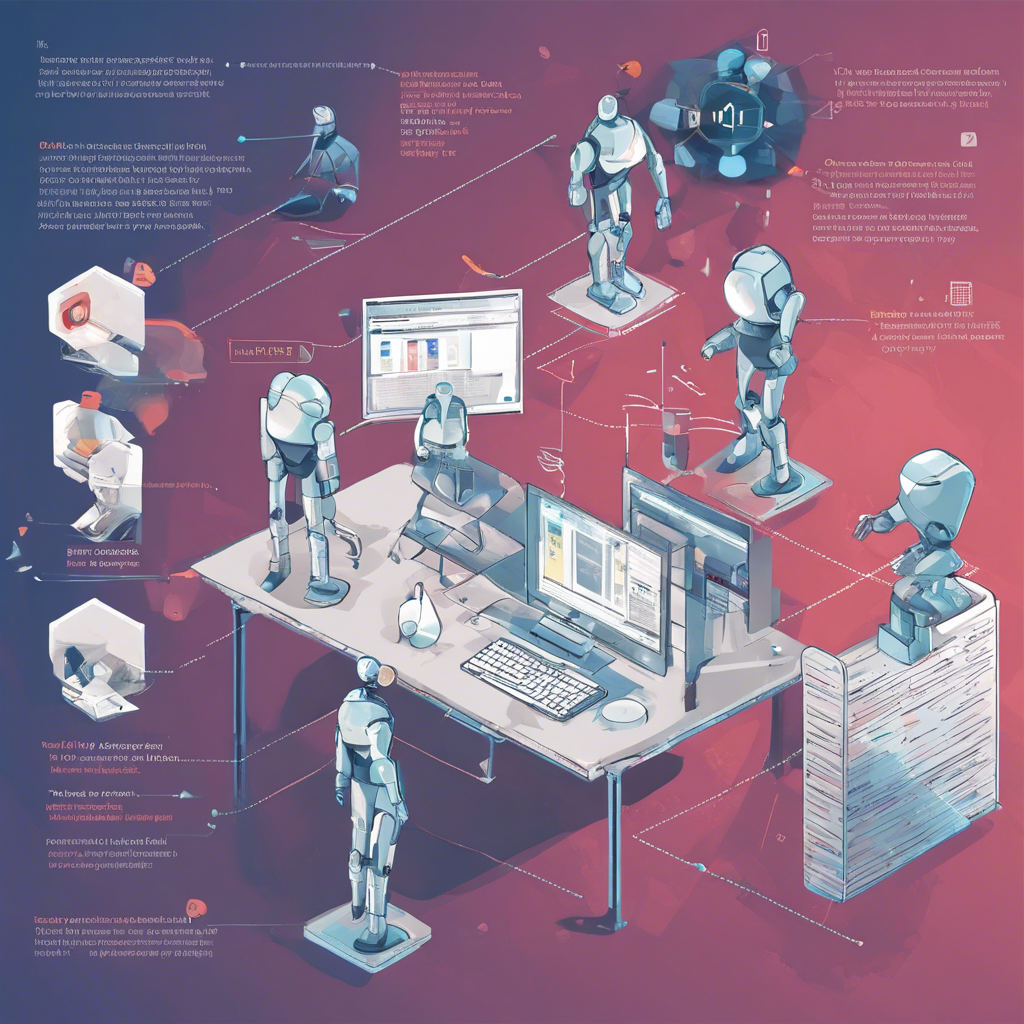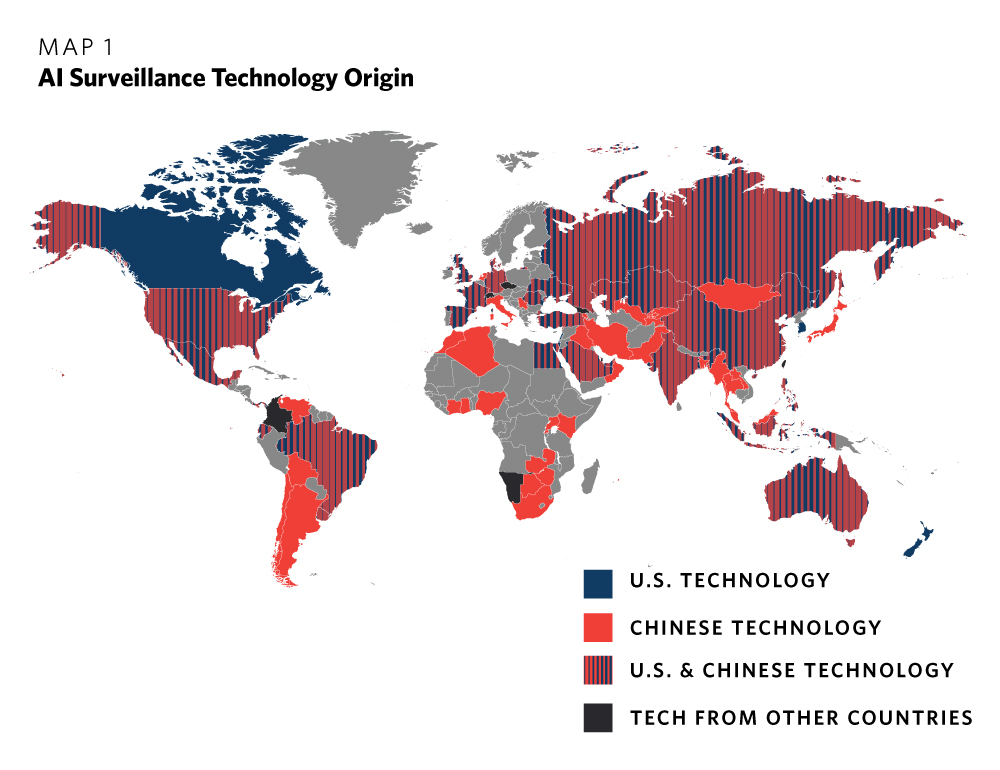By Tyler Murphy
The Impact of Automation Tools
Automation tools have become increasingly prevalent in the digital landscape, offering convenience and efficiency for various tasks. However, their use in web browsing has raised concerns about data privacy, security, and the overall user experience. With the rise of automation tools, such as web scrapers and bots, websites are implementing measures to detect and block automated traffic.
One of the primary reasons for the proliferation of automation tools is their ability to gather data from websites at a much faster rate than manual browsing. This has significant implications for industries such as e-commerce, market research, and competitive analysis. As a result, businesses are leveraging automation to stay competitive in the digital age.
 Illustration depicting a web scraper tool
Illustration depicting a web scraper tool
The Challenges Faced
While automation tools offer benefits in terms of efficiency, they also present challenges for website owners. The increased traffic from bots can impact server performance, leading to slower loading times for legitimate users. Moreover, web scraping activities can put a strain on a website’s resources and potentially violate its terms of service.
In response to these challenges, website administrators are implementing bot detection solutions to differentiate between human and automated traffic. These solutions utilize various techniques, such as CAPTCHA tests and behavioral analysis, to identify and block bots from accessing the website.
Balancing Automation and User Experience
Finding the right balance between allowing legitimate automation and maintaining a positive user experience is crucial for website owners. While automation tools can streamline processes and provide valuable insights, they should not come at the expense of user privacy and security.
As automation technology continues to evolve, so too must the strategies for detecting and mitigating automated traffic. Website owners are exploring innovative approaches, such as machine learning algorithms and IP blocking, to safeguard their platforms from malicious bots while ensuring a seamless experience for genuine users.
 Visual representation of bot detection techniques
Visual representation of bot detection techniques
Looking Ahead
The debate surrounding the use of automation tools in web browsing is likely to intensify as technology advances and new challenges emerge. It is essential for stakeholders, including businesses, developers, and regulatory bodies, to collaborate in addressing the ethical and practical considerations associated with automation.
By fostering transparency, implementing robust security measures, and prioritizing user-centric design, the digital ecosystem can harness the benefits of automation tools while safeguarding the integrity of the browsing experience. As automation continues to shape the future of web browsing, striking a harmonious balance between innovation and responsibility will be key to navigating this evolving landscape.


 Photo by
Photo by 












